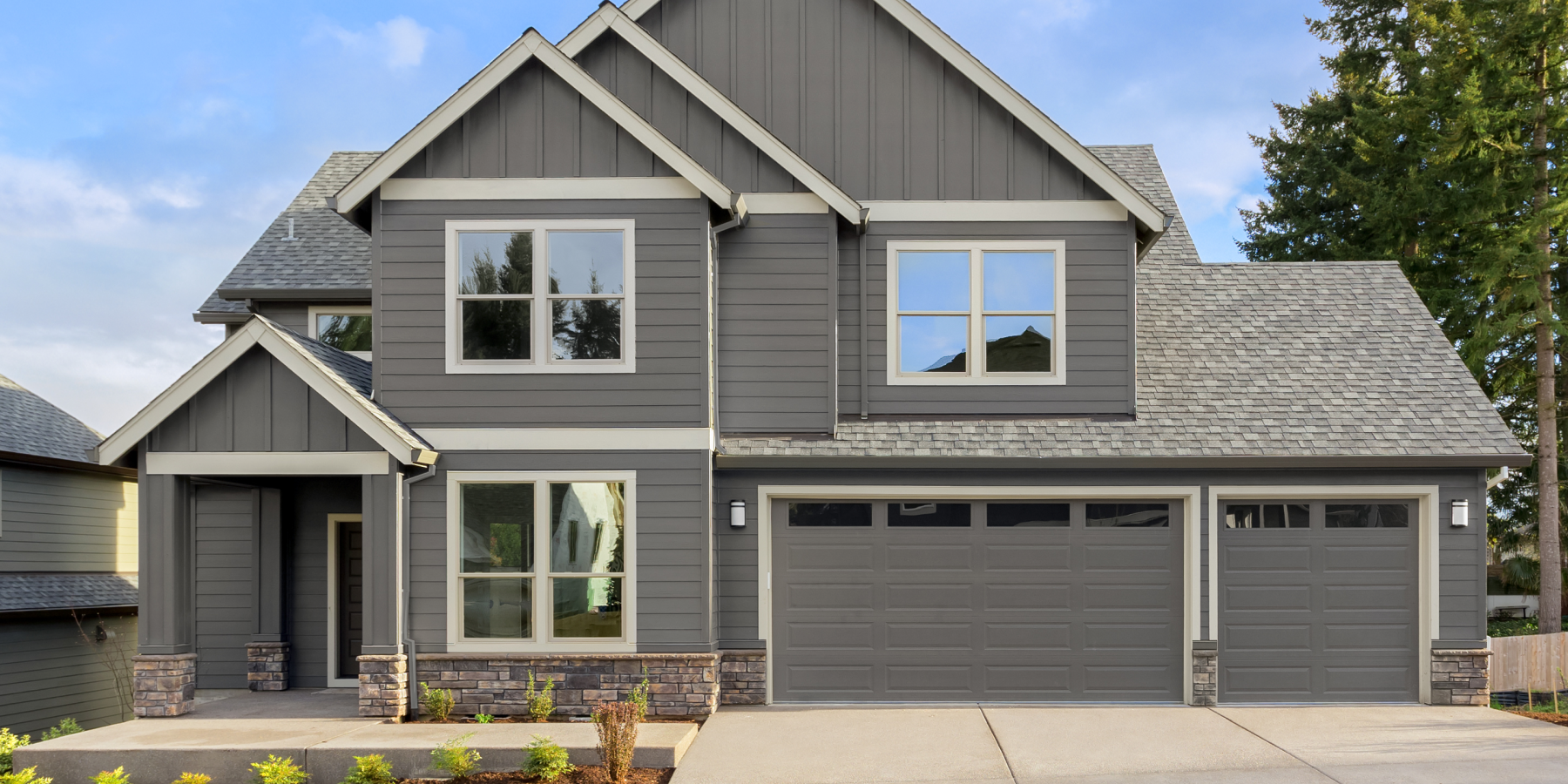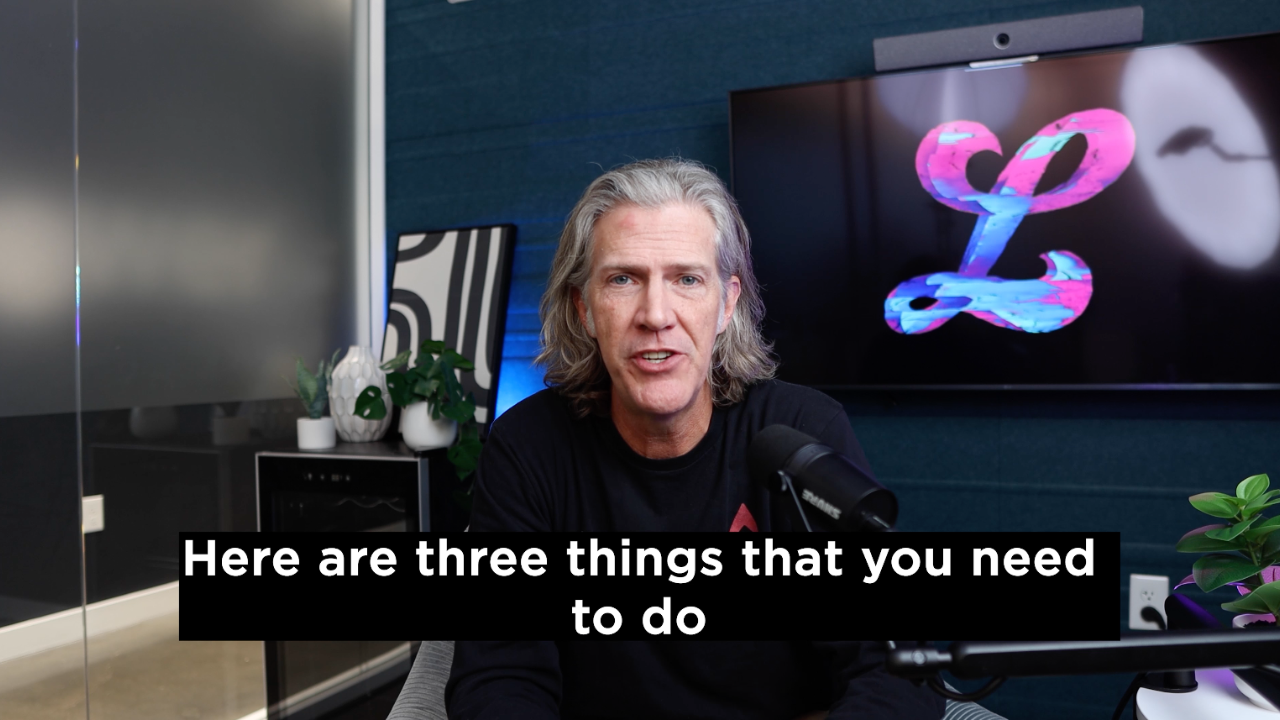Owning a home is a really exciting idea. And the reality of homeownership is that the sooner you get started, the better your return on investment.
Wondering if now is a good time for you to buy a home? We’ve listed a lot of the factors you should consider before taking the plunge. The best decision is an informed one!
Home costs are rising
While the rapid growth of the current housing market is cooling off, rising home prices are still #trending. In fact, according to CNBC, the average price of a single-family home in the U.S. could reach $382,000 by 2030. Compare that to today’s average of $374,900. So even though that’s not the $50,000 jump we saw in 2020, you can bet on homes gaining value over the next several years.
You could be earning equity
Homes will continue to gain value over time. That’s a fact. But what you might not know is that this means your hard-earned down payment and mortgage payments could be growing in value, too.
But is it worth paying PMI if I don’t have 20% saved?
First things first: The idea that you have to put 20 percent down on a house is a myth.
The average first–time home buyer puts just 6% down, and certain loan programs allow as little as 3% or even zero down.
You shouldn’t think it’s conservative to make a large down payment on a home, or risky to make a small down payment. The right amount depends on your current savings and your home buying goals.
If you can buy a house with less money down and become a homeowner sooner, that’s often the right choice.
In this way, your home is both a shelter and an investment. And once we view our home as an investment, it can guide the decisions we make about our money.
Consider your rate of return.
Here’s what we know: a home appreciates at an average of near 5 percent in the US.
Let’s say your home is worth $400,000. In a year, it’s worth $420,000. Regardless of your down payment, the home is worth twenty–thousand dollars more.
That down payment affected your rate of return.
- With 20% down on the home – $80,000 –your rate of return is 25%
- With 3% down on the home – $12,000 – your rate of return is 167%
Your finances don’t need to be perfect
Many feel as though they need to get every single financial duck in a row before they even think about buying a home. But, realistically, (and luckily) that doesn’t have to be the case.
Even if you have student loans or some credit card debt, homeownership can be a reality for you. Having some debt will give you a credit report that tells lenders you’re reliable and have a track record of making payments on time.
Of course, you will need to keep your DTI (debt to income ratio) in mind to make sure payments are affordable. But, if a mortgage payment sounds reasonable, don’t let student loans or other debt hold you back from investing in homeownership.
Is your lifestyle ready?
Even if all the financial stars align, it’s still important to ask yourself if you’re ready to be a homeowner. Here are a few areas to consider when figuring that one out.
To DIY or not DIY…
… That is the question. Buying a fixer-upper can be really fun. Imagine the possibilities! And the great news is that you don’t have to be an expert. With a little elbow grease and some YouTube, many have turned into handy DIYers. By either being willing to learn and put in the work (or having the means to pay someone else to do it) you can bring an older home into the 21st century, make it your own, or significantly increase its value (or all 3!).
Ready for the responsibility?
It’s no secret that owning a home comes with a lot of responsibility. No wonder dads are always keeping the thermostat low and turning all the lights off.
One of the factors to keep in mind when deciding to buy a home is the amount of maintenance you’re willing to take on. Chores like mowing the lawn, cleaning the gutters, and replacing older appliances may take up some Saturday mornings, but many consider some maintenance way worth it for the benefits of getting a roof over their head and the financial investment.
What do you want to own?
Ok, ok. We know you want to own a home. But homes come in many shapes and sizes. Which one’s right for you?
When we think of homeownership, we often picture a single-family home in the suburbs, but there are plenty of other options to fit different lifestyles.
Condos are great if you don’t want the yard maintenance, whereas townhomes typically offer a little yard (that any pets will thank you for) as well as some amenities like yard maintenance and a gym or pool.
Are you financially ready?
Let’s talk about DTI (debt to income ratio)
First-time homeowners often scrutinize their savings accounts when they’re thinking of buying a home. But, actually, the biggest factor that allows people to qualify is their debt to income ratio (thankfully).
Essentially, lenders are looking to see that you’re not biting off more than you can swallow when it comes to making your payments each month. Read on to learn a little more about your debt to income ratio (DTI) and how to capitalize on it.
Calculating your ratio
It’s smart to estimate your DTI before you apply for a mortgage or a refinance. This helps you avoid any unpleasant surprises that could keep you from securing a mortgage for your dream home, or lowering the interest rate on your current home loan.
You can calculate your DTI in three easy peasy steps:
1. Add up all your monthly debt payments.
This should include your current rent or anticipated mortgage, all of your credit cards and retail charge cards, any student loans or car loans, as well as child support and alimony. Other living expenses like your utilities, food and gas, or public transportation costs are generally not included in the DTI calculation. (General idea is if you don’t have an account with a company, you probably don’t need to consider that expense as a debt.)
2. Determine your monthly gross income.
This is all of the income from your primary job and any side jobs before taxes or other deductions for your health insurance or retirement plan. However, to take a more conservative approach, consider only using your base pay/salary to calculate your DTI.
3. Divide your debts by your gross income.
Then take the decimal that results from the above calculation and multiply it by 100 to put the DTI into percentage form.
For example:
Susie Q. Borrower is anticipating a $1,000 monthly mortgage payment. She also has two installment loans: one for her car that costs her $400 a month and another for her student loan that amounts to $200 a month. She pays $150 each on three credit card accounts every month. So, her total monthly debt load equals $2,050.
Susie brings home $6,250 in income before taxes each month from her full-time job. In addition, she works two Saturdays a month at a part-time job where she earns $400. That brings her total monthly gross income to $6,650.
When you divide her monthly debts of $2,050 by her $6,650 monthly gross income and multiply it by 100, Susie’s DTI amounts to 30.82%.
Optimal borrowing DTI
When it comes to DTI, the lower your ratio, the better your rate and loan terms. But there are also cutoffs for different programs. For example, at the time of this writing, for a Conventional loan, you must have a DTI lower than 50%, while FHA is 57%.
In the case of Susie Q. Borrower, she’s sitting pretty with a 30% DTI.
Credit Score
Credit scores not only let us know that you have a track record of making payments on time, they also tell us what products you qualify for.
What’s a good credit score for buying a house?
Many lenders, like us here at Lower, use the FICO (Fair Isaac Corp.) model for credit scores, which grades you on a 300- to the 850-point range, with a higher score indicating less risk to the lender.
- 800 or higher: Exceptional
- 740-799: Very good
- 670-739: Good
- 580-669: Fair
- 579 or lower: Poor
It’s important to note that not all lenders are the same when it comes to credit scores. We each have things called “overlays” that dictate special requirements that vary from lender to lender.
It’s also important to note that different types of loans have different credit requirements. Here are a few examples:
- Conventional loan: 620
- FHA loan requiring a 3.5% down payment: 580
- VA loan: 580
What’s the DL on the down payment?
Gone are the days when a 20% down payment is a must (thank goodness). Today, first-time homeowners have lots of options if they don’t have huge savings.
Particularly, FHA loans are great for first-time buyers because of their low credit score requirements and the fact that they only need a down payment of 3.5%. Conventional mortgages will have higher credit requirements but also only require 3% down.
PMI (private mortgage insurance) will be a part of your mortgage payments if you put less than 20% down, however, with the equity you gain in your home and the value it appreciates each year, it can be well worth it to take on the PMI until your equity has reached 20% (conventional mortgages only) and you can ask it to be taken off.
Don’t forget your monthly payment!
It’s, of course, important to be honest with yourself on how much you can afford every month.
It can be easy to say you’ll change your lifestyle and lower spending so you can afford a higher mortgage payment, but in reality, changing lifestyle habits is pretty hard. We wouldn’t want to give up our late-night Doordash cravings either…
If you’re currently paying rent every month, that can be a great place to start when it comes to figuring out your budget for a mortgage payment. Could you comfortably pay your mortgage now? Perfect, you’re in great shape. If not, can you buy a house for less than what you’re paying in rent? You might be surprised to find out that some mortgage payments are less than the average rent payment in many areas!
So, if you can pay rent comfortably now, start thinking about homes in that price range, or higher if you have a bit more room. Do keep in mind, though, that extra costs can pop up (and can add up) like if a lightbulb goes out or the roof starts to leak. But when it does come time to make improvements, that investment goes into the value of your home. When you pay into it, you’re building an asset.
I’m ready to buy a home!
That’s great! Homeownership is not only exciting, it can be easy with Lower. Hop on the phone with one of our loan advisors to learn what type of mortgage is best for your lifestyle.
I’m not sure if I’m ready yet.
That’s totally ok! Better safe than sorry. In the meantime, check out our advice tool that lets you run the numbers of renting vs. buying to learn how much home you can afford right now.

















.svg)

.svg)















